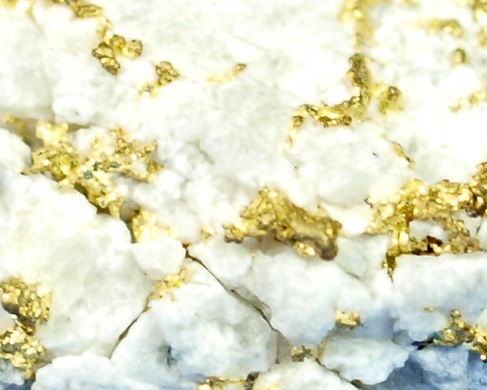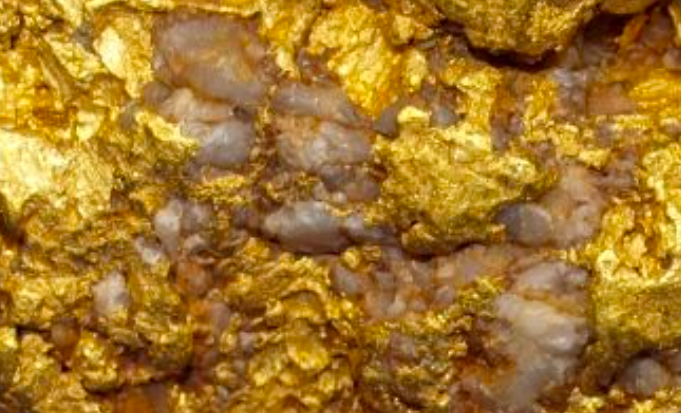For prospectors who are interested in finding gold deposits, there are a series of steps that will help you in your adventures.
Locating an undiscovered gold deposit is no easy task, especially when you consider that there have been thousands of prospectors before you who have been searching for gold. To be successful, there are a series of steps that you should take to increase your chances of success.

Rich Concentrations of Gold
First we should clarify what a gold deposit is. For the sake of this article, we aren’t simply talking about finding some placer gold, but rather finding the lode source of gold, the gold vein in rock.
Finding the origin of a gold deposit is no easy task, but the reward can be very great. In fact, many lode deposits have been developed into huge gold mines worth millions of dollars, so the financial rewards of finding them can be huge.
Beginning the journey of finding a gold vein deposit begins with research. Gold is not evenly distributed across the landscape. Although we are looking for an undiscovered source of gold, it is still critical that we locate the areas that have produced gold in the past, and understand the geology of the landscape that produced the gold.
You are probably not going to find a rich gold deposit in Kansas no matter how hard you look, because the geologic conditions are not right for gold production. You need to explore the areas that have produced gold in the past, then understand WHY the gold formed where it did, and try to identify other areas that may produce the same conditions.

Starting with a Placer Source
Many rich gold deposits have been found by sampling creeks for placer gold. Once gold is discovered, the prospector follows the source upstream until the gold stops, indicating that the source of gold is located there. Tracing gold to its source is the best way to find the lode sources of gold.
Of course, there is not a flashing neon sign telling you where to look for the gold vein. You will need some sort of sampling equipment to search for the source of the gold. Using a gold pan and sampling periodically is a great way to triangulate the source of a gold deposit. Many people call this pocket hunting, zeroing in on the source of gold.
A metal detector can also work well for this process, and can be an excellent way to cover large areas very quickly. The challenge with using a metal detector is large pieces of gold are required to set them off.
Finding the source of gold in rock is a real challenge, and patience is definitely required if you hope to be successful. If you are successful at locating a gold vein, the odds that it will pay handsomely is very likely, so it may be worth your time to go hunting for some undiscovered gold!
Read: What is the Best Metal Metal Detector for Finding Gold Nuggets?
